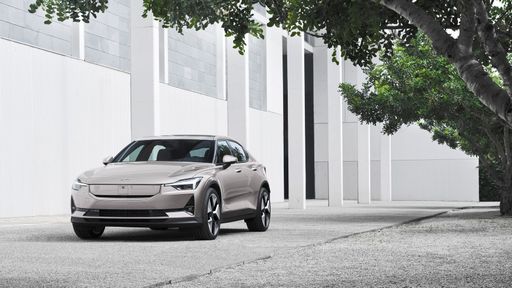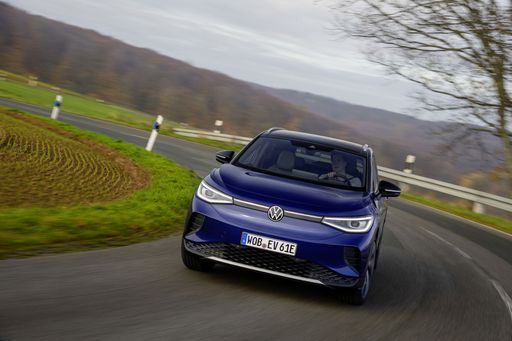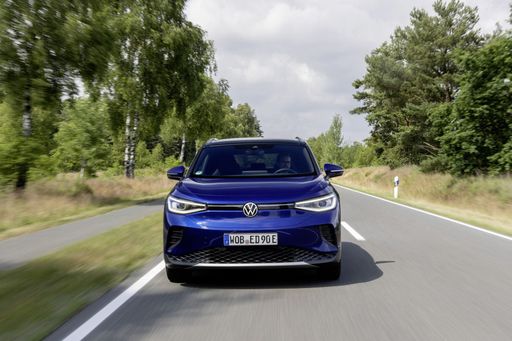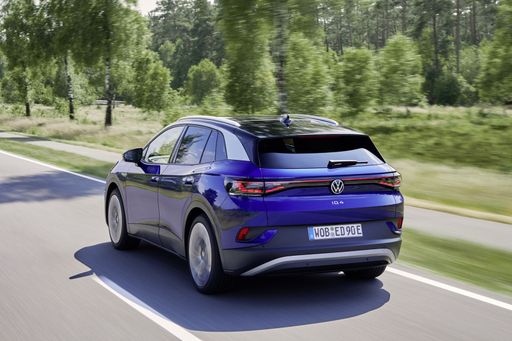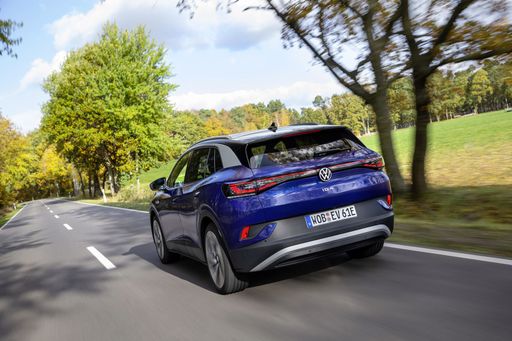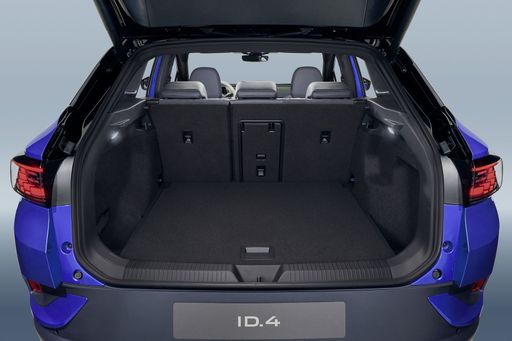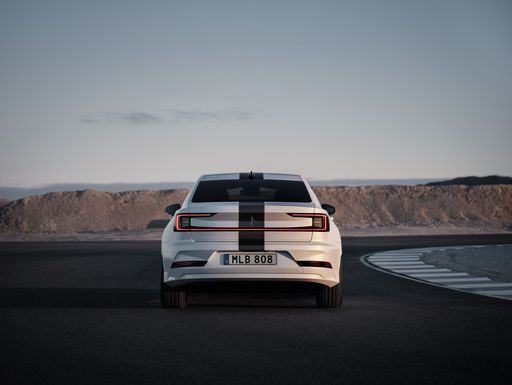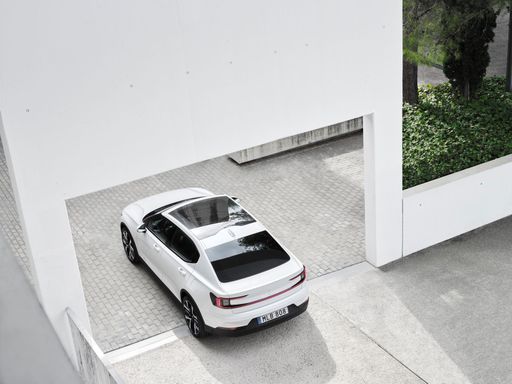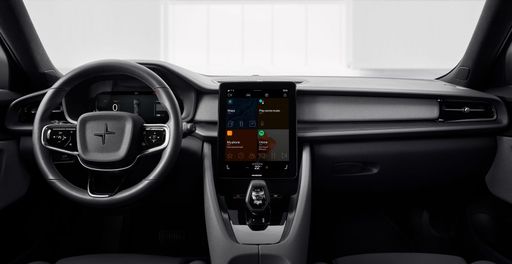An Electrifying Matchup: VW ID.4 vs Polestar 2
As the automotive industry continues to pivot towards electric mobility, two standout contenders have emerged on the market: the VW ID.4 and the Polestar 2. Both vehicles bring unique innovations, impressive performance, and sustainable driving to the table. In this article, we will explore the technical aspects and features that make these electric powerhouses desirable options for eco-conscious consumers.

